Flintlock: The Siege of Dawn is an action-RPG from games studio A44, who previously worked on the similarly souls-like Ashen. In a way, Flintlock is a second chance for the studio to make a hit in this genre after their first game failed to become a favorite among fans.
It’s impossible to say whether Flintlock: The Siege of Dawn will climb on the podium of great Souls-likes, but it certainly has the cards to try.
Another Kind of Souls-Like
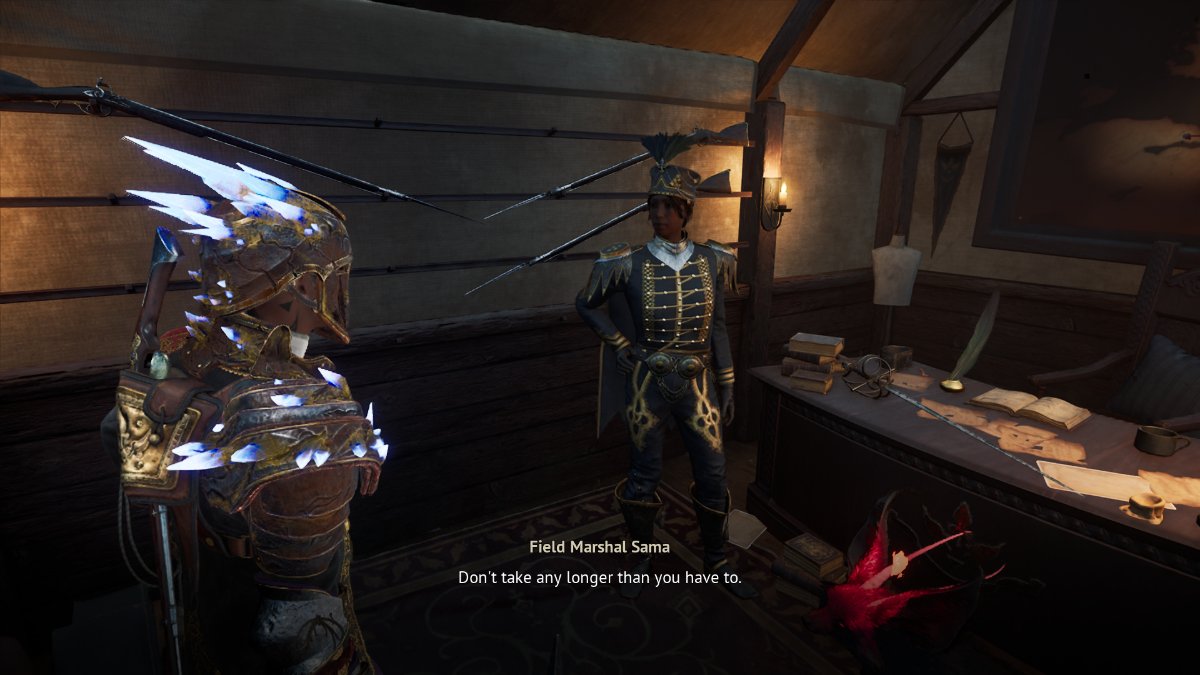
Ashen and Flintlock have much in common: they’re both action-RPGs, they come with a sizeable open world, and they take more than a little inspiration from Dark Souls. All traits that, while core to their identity, define nearly every souls-like title on the market. But while Ashen boiled down and streamlined this type of game, Flintlock took the essentials and built on them, making for a much more original game. Gone is the sad and ambiguous fantasy post-apocalypse of the Souls series, and so is the melancholic mood carefully maintained by Ashen.
Instead, Flintlock’s world is bustling with life. A sight for sore eyes when compared to the dark greys and eternal nights of most titles in the genre. The simple fact that Nor, the protagonist, is 100% alive, is cause for joy. That she has a place in the world, people she likes and grudges to settle, is almost unheard of in the genre. Sadly, the opposite is also true: the Souls series’ death mechanics and mandatory fantasy apocalypse don’t jell with this world without a healthy dose of dissonance.
The World of Flintlock
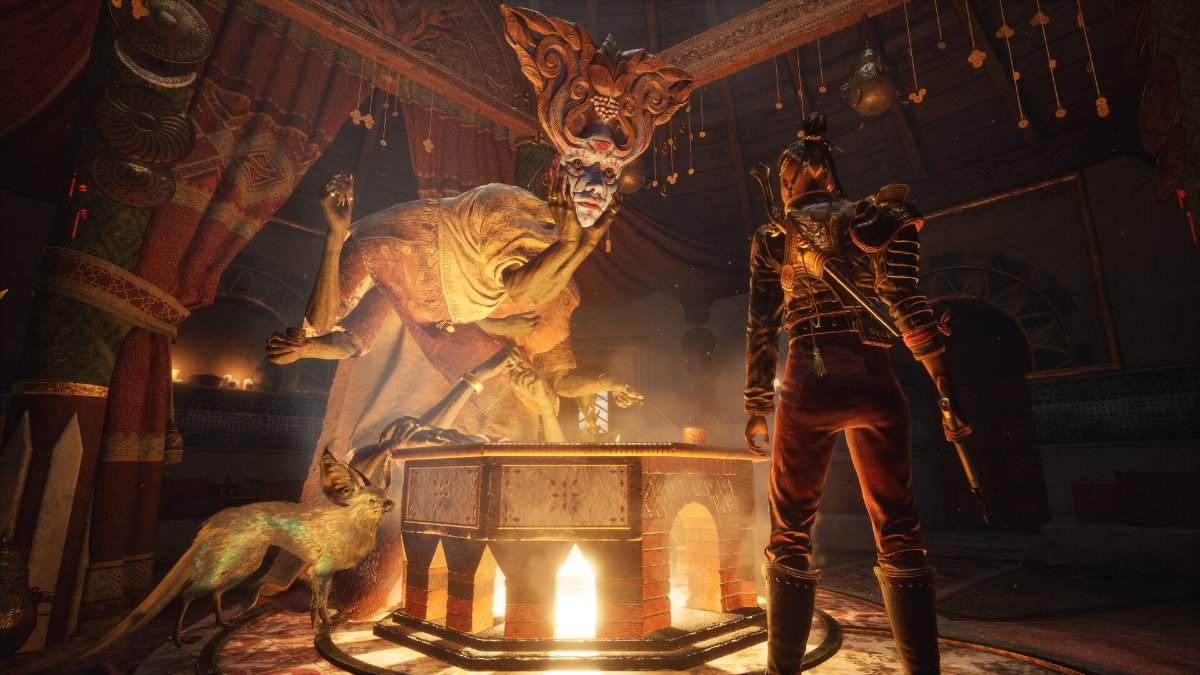
Some years ago, more than a few but less than an era, the dead started spilling out from the underworld. To keep the wider world safe, the siege of Dawn began. This is where we see Nor, a conscript in the endless war on the door to the realm of gods. In an attempt to put an end to this invasion, the door is breached. The world is thrown into chaos as, free from their restraints, gods begin to accompany the undead army.
When Nor recovers, she finds the siege of Dawn breached and the entire world thrown into chaos. With the help of a mysterious god called Enki, only she can reclaim the surface world for the living.
This game wants life to thrive. Playing most Souls and Souls-like games, one gets the sense that entropy and death are somewhat justified, a sad but necessary part of life. Not so in Flintlock: The Siege of Dawn. But for how much I like this development, I can’t ignore that many classic Souls mechanics don’t really make sense with this new thematic focus.
Death, mechanically, is treated with the importance that Souls-likes typically give it. Every enemy re-spawns, all of Nor’s Reputation (experience points) is dropped on death and can be taken back in the next life, and every item found before dying stays in the inventory. Death is part of your progression through the game in a way it simply couldn’t be if the game loaded a save after each death instead. And yet those deaths have no place in the narrative. There is no reason to believe that Nor can resurrect at will.
The contrivances aren’t limited to the narrative, either. The way gear is ranked by rarity imitates the structure of gachas and looter shooters, but without the randomized loot that makes rarity a useful metric. Every item in Flintlock is available in just one copy, they’re all as rare as they could be. On the other, much more bizarre hand, Rarity becomes a synonym for Level whenever the item in question is upgradeable. A Level 1 gun will always be Common; once upgraded, it will become an Uncommon Level 2 gun. That’s not rarity, that’s just writing the level twice.
How Does a “Mobile Souls-like” Play?
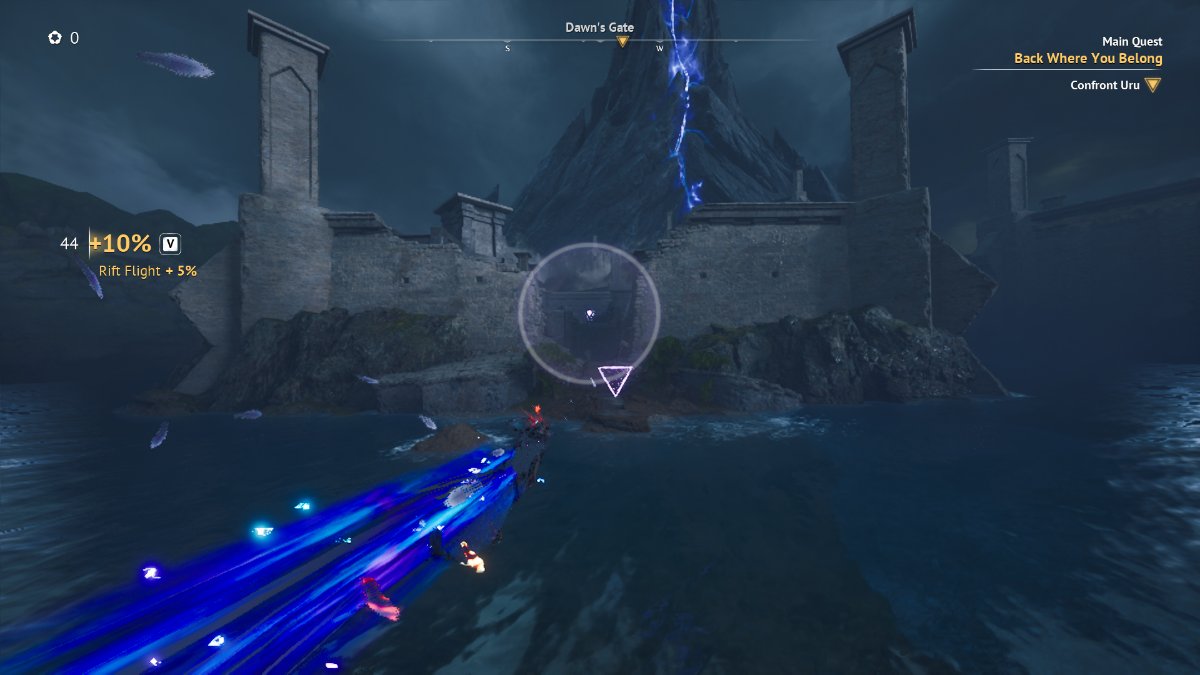
“Mobile Souls-like” is a surprisingly appropriate description for Flintlock, as combat and exploration are the modes of interacting with the game. Meanwhile, role-playing is completely absent. While that is to be expected from this genre, I found the lack of a story focus underwhelming. We have a voiced character, well-defined NPCs, and a world that wants to feel alive.
Let’s take dialogue. This game has voiced NPCs with genuinely interesting connections to one another. It tries to use them to create a human drama out of an inhuman epic story. How does it do this? Rarely, it uses cutscenes, mostly brief cutscenes. More commonly, characters talk to Nor through their idle animation, blank expressions on their faces, whenever she happens to stand next to them.
If you’ve ever played a BioWare RPG like Mass Effect or Dragon Age, this is the kind of dialogue that happens between companions when you’re traveling over long distances. It’s great for filling downtime, but it can’t drive a story. The entirety of Flintlock’s side quests, and many scenes in the main quest, use this type of dialogue. To avoid some truly awkward conversations, the dialogue is short and to the point, which in turn makes the story feel basic and undeveloped. The outline of a touching moment, a tragic speech, or a hopeful twist, but no more than the outline.
Exploration is a mixed bag, too, but it’s at least the kind of bag I expected. The open world is surprisingly good at funneling players towards the interesting stuff. Specific platforming challenges are occasionally a little broken, as Nor isn’t always happy to grab onto a ledge. That said, the player’s extensive areal movement abilities are meant for exploring the open world and gaining an advantage in battle.
Combat in Flintlock: The Siege of Dawn
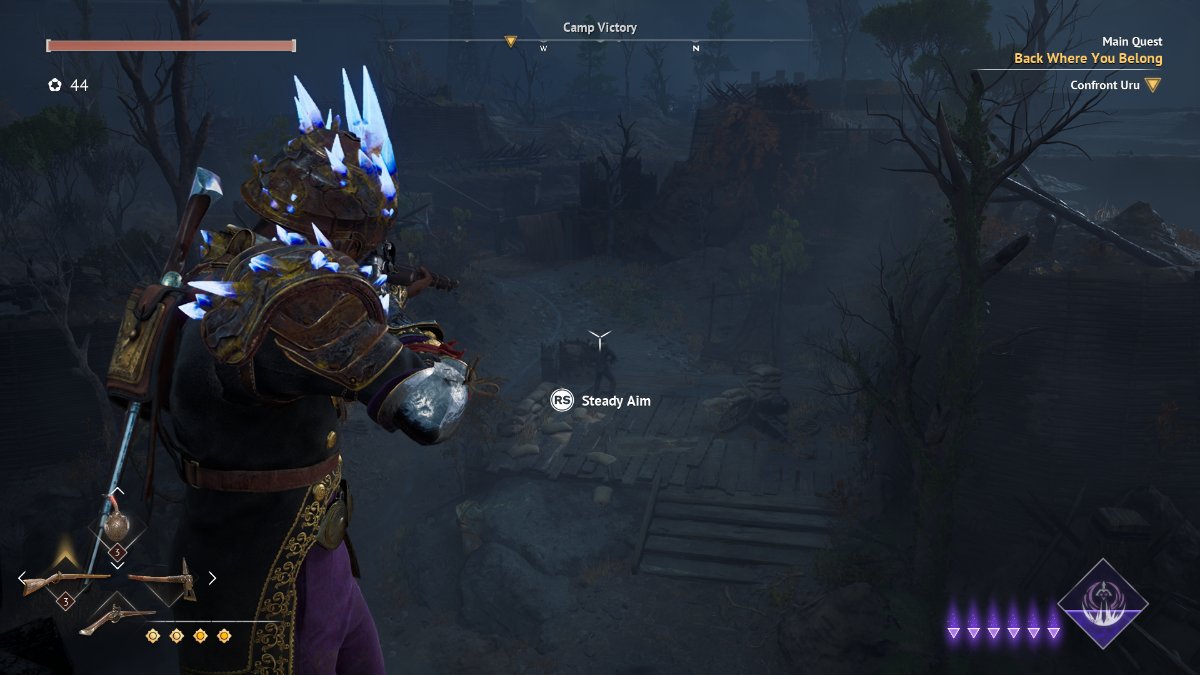
Talking about combat, Flintlock constantly moves between being just competent and being competent enough to be a lot of fun. It’s a complex system that walks the line between being too complicated and not giving players enough choice.
You have your melee weapons, broadly divided into axes and hammers. Then there are the primary and secondary guns, which also boil down to a single target or Area of Effect. Then there are grenades, ultimate abilities, curse stones, three different pieces of armor, armor set bonuses, the whole skill three… Once you’re a few hours into the game, Flintlock starts looking impossibly open-ended. Thankfully, that isn’t the case.
Every weapon shares the same moveset. Grenades, unsurprisingly, all explode and deal damage, while you’ll want to choose armor pieces based on their armor set bonus. Nor and the player has access to a staggering amount of tools during each fight, but they must use a little of everything. You’re playing as Nor the gun-slinging sapper and her divine companion Enki, and you’ll act like them.
You’ll dive into most fights headfirst, keeping your precious grenades and rifle ammo for the bigger crowds and the meatier enemies. Your companion Enki will inflict the Curse of Death on armored enemies, helping you to fill a bar suspiciously similar to the Poise gauge from Sekiro. You’ll block and parry small attacks while you dodge and shoot through the heaviest enemies. Mixing everything is key to keeping the combat fun, and the game does make sure that no system overshadows the other. Meanwhile, the encounters throw in enough variation into the mix to make up for the lack of difficulty.
Flintlock: The Siege of Dawn — The Bottom Line

Flintlock: The Siege of Dawn is a fun little title for fans of Action-RPGs with not much roleplaying to speak of. It’s far from perfect, but with a runtime of 15 to 20 hours, being a pleasant diversion is enough to earn its keep.
Pro:
- Fun combat system and creative encounters
- Interesting and surprisingly humane setting
- Open world funnels players toward fun discoveries
Cons:
- Occasional inconsistencies bring down the fiction
- Some actions and animations are prone to bugs
- The third act feels rushed
Gameplay tested on PC via Steam. Review code provided by studio A44.

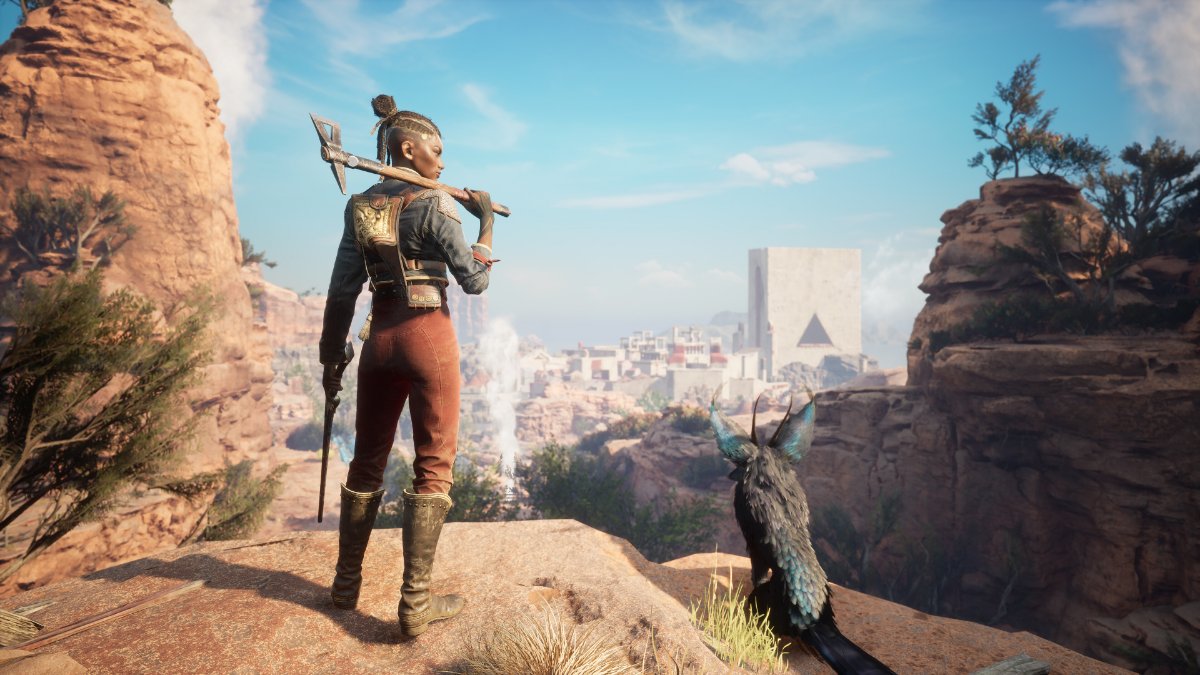








Published: Jul 17, 2024 08:00 am